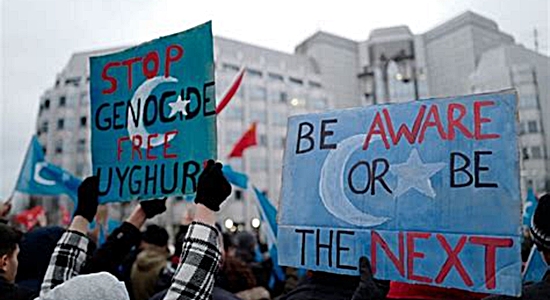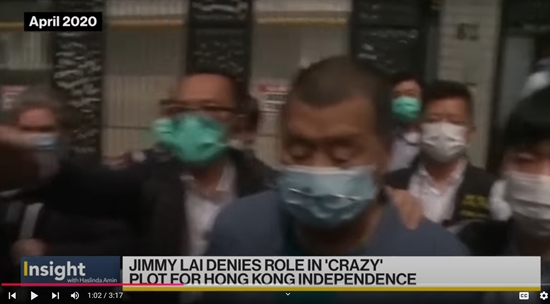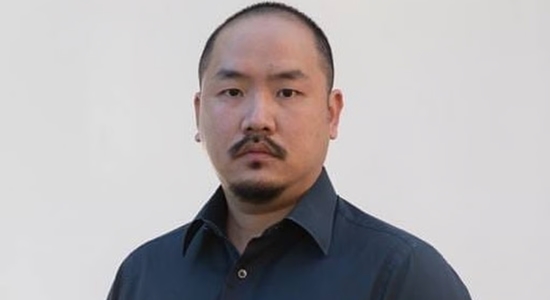
At first, the Uyghurs thought the Internet was an unqualified blessing.
In an article about how China uses surveillance technology to suppress dissent in Xinjiang, Ruth Ingram surveys China’s assaults on the Uyghurs and their culture since 2009 (“China Uses Hi-Tech to Suppress Dissent in the Uyghur Region,” Bitter Winter, February 23, 2024).
● 1995. Uyghurs embrace “the early possibilities of the Internet” by creating sites in their own language “free, they thought, from government interference.” The subjects include “history and the preservation of Uyghur culture and language.”
● June 26, 2009. Uyghur workers at a toy factory in Guangdong are killed by a mob of Han Chinese coworkers. Uyghur sites document what has happened and call for protests.
● July 5, 2009. What begins as a peaceful protest becomes “an ethnic bloodbath with many on both sides killed in the riots” that follow. The Army moves in. According to Uyghur writer Aziz Isa Elkun, this is a “watershed moment in the troubled history of the region…a turning point for the escalation of state violence and the wholesale criminalization of Uyghurs in the following decade.”
● July 2009 to May 2010. China shuts down the Internet in Xinjiang.
● January 2011. The Chinese tech firm Tencent launches the WeChat (Weixin) app. The Uyghurs take “full advantage” of what would become “the primary one-to-one and group communication tool…”
● 2013-2015. Debates among Uyghurs “about religious practice, faith, and Uyghur identity” flourish. Participants don’t realize how soon it will become technologically feasible for the state to track them down using the evidence of these online conversations.
● 2016. Chen Quanguo, “fresh from quelling dissent in Tibet,” arrives in Xinjiang and begins turning “the entire province into something akin to an open prison.” Beijing designates the Uyghurs terrorists and subjects everything from their clothing to the names they give their children to how they decorate their homes to suspicious scrutiny.
In the years that follow, the same tools that unleashed “a semblance of freedom back in 2013” become the means of hounding the Uyghurs and hunting them down.
Following orders from Xi Jinping himself to “show no mercy” in “rounding up all who should be rounded up,” in a “smashing, obliterating offensive” to “wipe out” the terrorists “completely” and “destroy them root and branch,” CCTV cameras, facial recognition, and smartphone technology were indispensable tools in herding hundreds of thousands of Uyghurs into mass internment, where they were watched and listened to day and night by a Huawei- and Hikvision-made army of surveillance cameras. Huawei was also responsible for the camp smart gates and software for schedule management.
From 2017, the relative freedom of the WeChat platform came to an abrupt end. “More than 4000 private Uyghur language websites were taken offline, and their content was erased from the internet,” said Elkun. “The owners and editors of these websites were subsequently sentenced to long terms of imprisonment.”
Every Uyghur was required to download an app through which, when their phone was routinely checked, the police linked up with the Integrated Joint Operations Platform (IJOP), the main system that holds all the Uyghur personal data, to discover what kind of persons they have apprehended: their criminal record, whether they are “reliable” or “unreliable,” whether they have “unreliable” relatives, how often they fill their car, whether they have travelled overseas or like to pray five times a day, even whether they like to use the front or back door when leaving their home.
Most of the Chinese people are not targeted for the same kind of relentless and vicious abuse as the Uyghurs and other Muslims. But the same kind of mass surveillance that “continues apace in Xinjiang…is being rolled out incrementally across the rest of China.”





